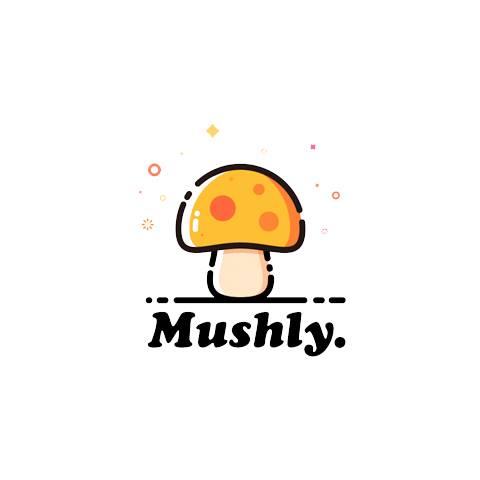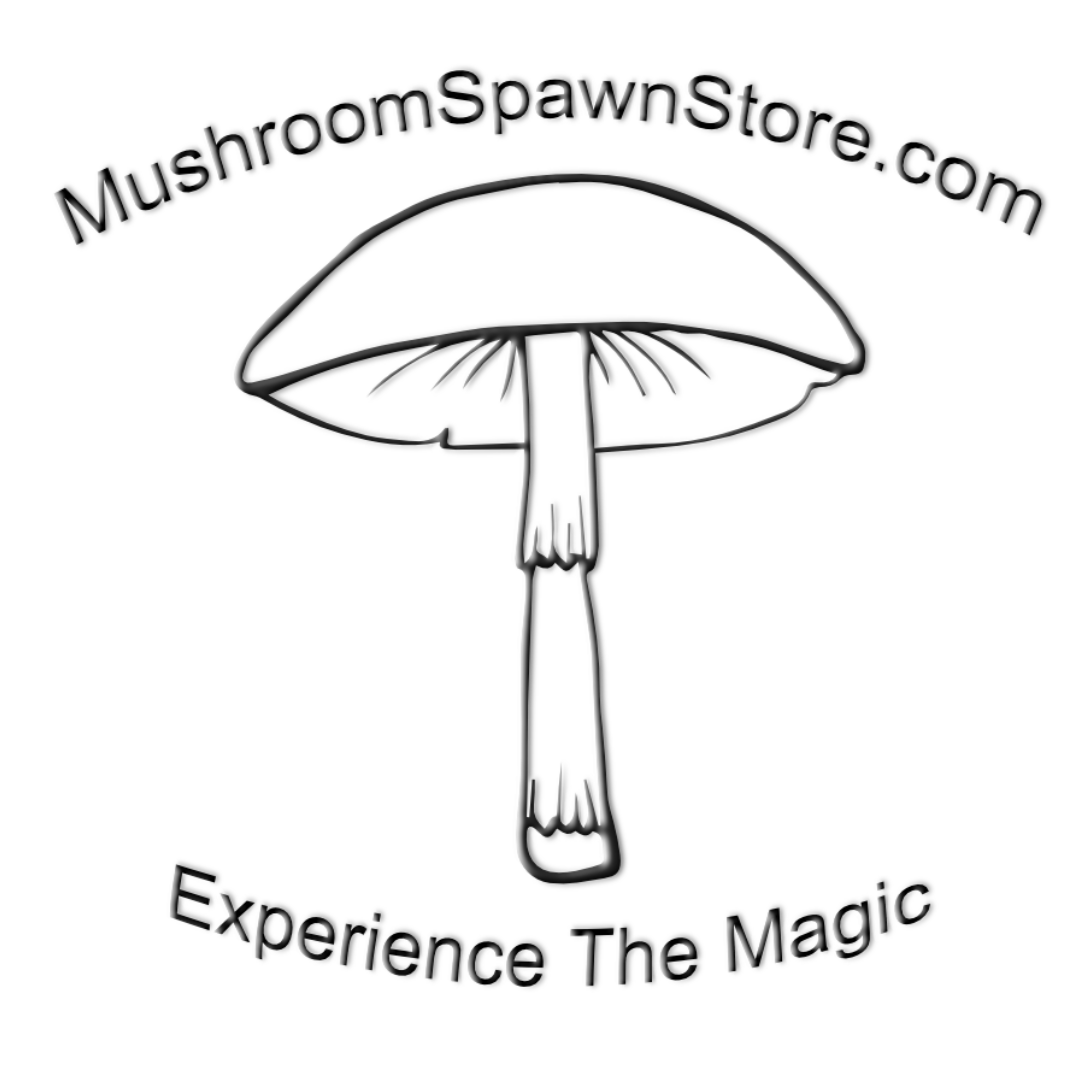If you spend any time in mushroom‑loving corners of the internet, chances are you’ve bumped into Mushly—a site that has quietly been serving the myco‑curious since 2009. What started as a boutique spore shop has grown into a full‑fledged resource that blends premium genetics, hands‑on how‑to content, and a surprisingly vibrant community space. Today Mushly lists more than 45 strains—Golden Teacher, Penis Envy, Blue Meanie, Thai Pink Buffalo, and plenty of deep‑cut exotics—each prepared by in‑house mycologists in a ISO‑style clean‑room and backed by a money‑back guarantee. It’s an operation that feels equal parts laboratory and indie record label: rigorous about sterility, yet obviously run by true believers in fungal potential. (Mushly)
Lab‑grade spores, prints, and more
Clicking the “Buy Spores” prompt drops you onto product pages where every syringe, spore print, or liquid culture comes with a concise genetic back‑story and clear legal framing for microscopy use. Mushly foregrounds quality control—tens of millions of spores per syringe, sterile technique photographed step‑by‑step, and batch dates you can actually read—because they know contamination is the death of both credibility and customer trust. For cultivators who prefer dinner over day‑glow, the Edible Cultures section stocks oyster, lion’s mane, Reishi, and other gastronomic classics produced with the same attention to purity. It’s a catalog built to remove friction: fast checkout, tracked shipping, and a free syringe promo once your cart hits $55. (Mushly)
‘Mush 101’—a free crash course in fungi
While the storefront pays the bills, the editorial side is where Mushly really separates itself from commodity spore vendors. The Mush 101 tab unfolds into an ever‑growing library of articles that read like mini magazine features: deep dives on strain history, interviews with growers, explainers on psilocybin retreats, even product reviews of other companies’ grow bags. The writing isn’t fluff; it mixes citations from peer‑reviewed studies with practical tips you can apply the same day. The result is a site that teaches newcomers the difference between, say, Cubes and Pan cyan while still giving veteran hobbyists fresh rabbit holes to explore. (Mushly)
Smart tools for safe exploration
Mushly also hosts a mushroom dosage calculator—a simple, slider‑based widget that converts body weight, mushroom form (fresh, dry, truffle), and desired intensity into an estimated gram range. It’s explicitly “for educational purposes only,” but it does a valuable service in normalizing careful titration over guesswork. Pair that with side‑bars on set‑and‑setting, integration tips, and links to scholarly papers, and you get a harm‑reduction tool that feels genuinely responsible instead of perfunctory. (Mushly)
A growing mycelial network
Beyond commerce and content, Mushly leans into community. The Mycelium Map lets users pin forays, growers, and retreat centers worldwide, while review badges and comment threads add social proof to popular strains. Site copy explicitly declares a mission to “revolutionize the way mushrooms are perceived,” advocating for legal compliance, ecological stewardship, and scientific literacy over hype. It’s a tone that lands somewhere between National Geographic and an indie forum—earnest without feeling preachy, and commercial without crossing into snake‑oil territory. (Mushly)
Why it matters
The psychedelic renaissance is maturing, and so are user expectations. Hobbyists now want lab‑verified spores, evidence‑based dosing guidance, and a place to trade notes without wading through misinformation. Mushly stitches those needs together in a single, well‑designed package: part storefront, part open‑access journal, part social hub. For anyone —from first‑time microscopist to seasoned cultivator—looking to deepen their fungal fluency, bookmarking Mushly.com is a sensible first step. Explore a strain profile, run a quick dose calc, or just skim an article on Cordyceps—either way, you’ll leave a little smarter and a lot more excited about the possibilities that sprout when science meets spores.




